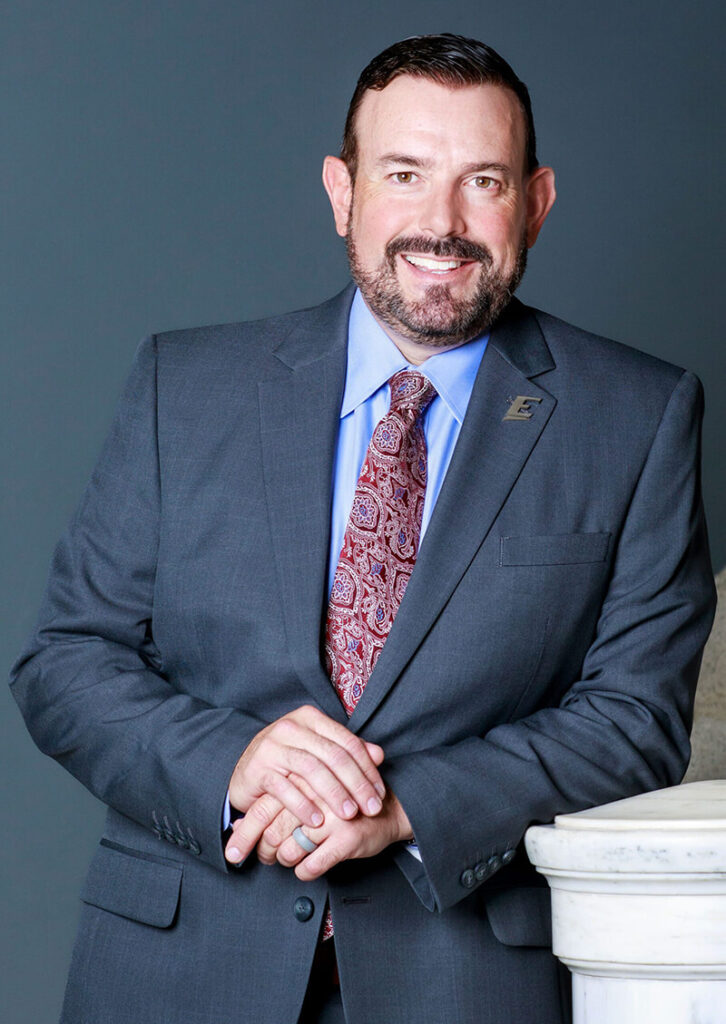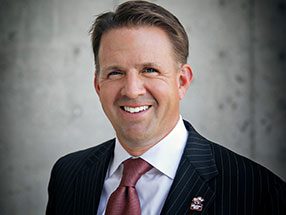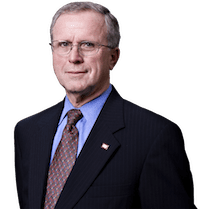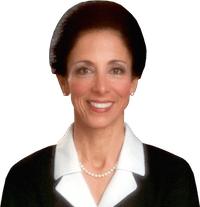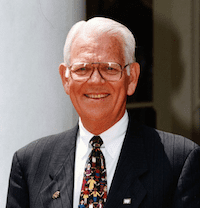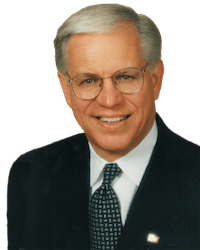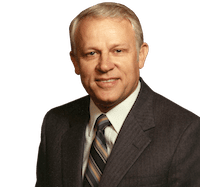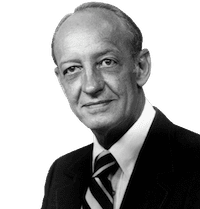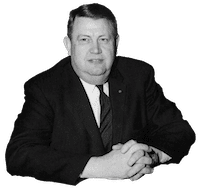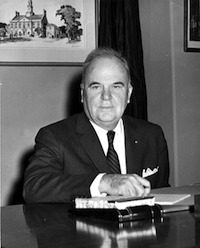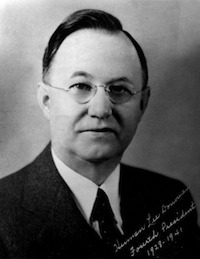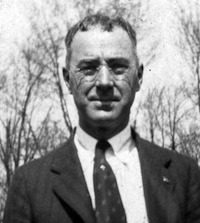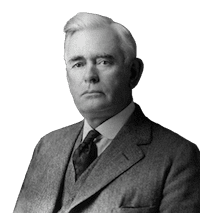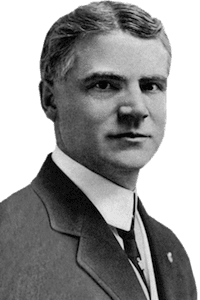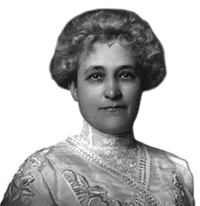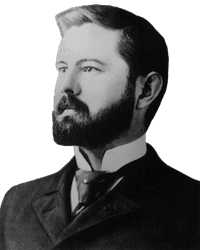Eastern Kentucky University History & Purpose
Ever-mindful of the purpose of its founding, Eastern continues to recognize its historic function of preparing quality teachers for the elementary and secondary schools of the Commonwealth. However, a strong liberal arts curriculum leading to appropriate degrees, together with pre-professional courses in several areas and graduate programs, enable Eastern to serve the Commonwealth as a regional university.
Eastern Kentucky University’s Purpose
Within its statutory responsibilities, Eastern Kentucky University seeks to provide intellectual and cultural opportunities that will develop habits of scholarship and intellectual curiosity, provide a deep understanding of American democracy and the citizen’s role in maintaining its strength and vitality, impart an understanding of humans and their aspirations, enable effective and efficient communication, and prepare productive and responsible citizens. The University will remain responsive and flexible in order to serve in unique and needed ways.
Within these general responsibilities and purposes, the University is dedicated to three specific functions — high-quality instruction, scholarship, and service, and places emphasis on the three in that order. Through its colleges and schools, the University seeks to offer quality instruction at a variety of degree levels in general education, the arts, the sciences, business, education, pre-professional and professional areas, and applied and technical disciplines. Through consultative services, continuing education, and the extended campus, the University seeks to provide service to the community and the region. Research seeks both to advance knowledge in the subject matter areas with which the University is concerned and to support the primary function of teaching.
The History of Leadership at EKU
1906
March 21
The Kentucky General Assembly of 1906 enacted legislation establishing the Eastern Kentucky State Normal School. Governor J.C. Beckham signed the bill into law March 21, 1906.
May 7
The Normal School Commission, meeting in Louisville, selected the campus of the old Central University, founded in 1874 in Richmond, as the site of the new school.
June 2
Ruric Nevel Roark was chosen President of the Normal School and the training of teachers was begun.
1922
Eastern became a four-year institution known as the Eastern Kentucky State Normal School and Teachers College.
1925
First degrees were awarded by Eastern Kentucky State Normal School and Teachers College.
1928
The College was accredited by the Southern Association of Colleges and Secondary Schools.
1930
The General Assembly renamed the school the Eastern Kentucky State Teachers College.
1935
A graduate program was approved at Eastern, leading to the Master of Arts degree in Education.
1948
General Assembly removed the word “Teachers” from the name of the college and granted the college the right to award nonprofessional degrees.
1966
February 26
Governor Edward T. Breathitt signed into law a bill renaming the institution Eastern Kentucky University and sanctioning the awarding of graduate degrees in academic fields other than education.
1966 – Present
During this period of time, Eastern Kentucky University has increased rapidly in size and stature. Beginning with a few students engaged in short review and certificate courses, the University today serves thousands of Kentuckians and students from across the globe. The curriculum leads to associate degrees, baccalaureate degrees, and an expanding graduate program that currently offers degrees at the master’s level in many other fields as well as the already well-established Master of Arts degree in Education and the various fifth- and sixth-year leadership programs in education, psychology, and technology. In addition to these programs, Eastern offers joint doctoral programs with cooperating institutions.


